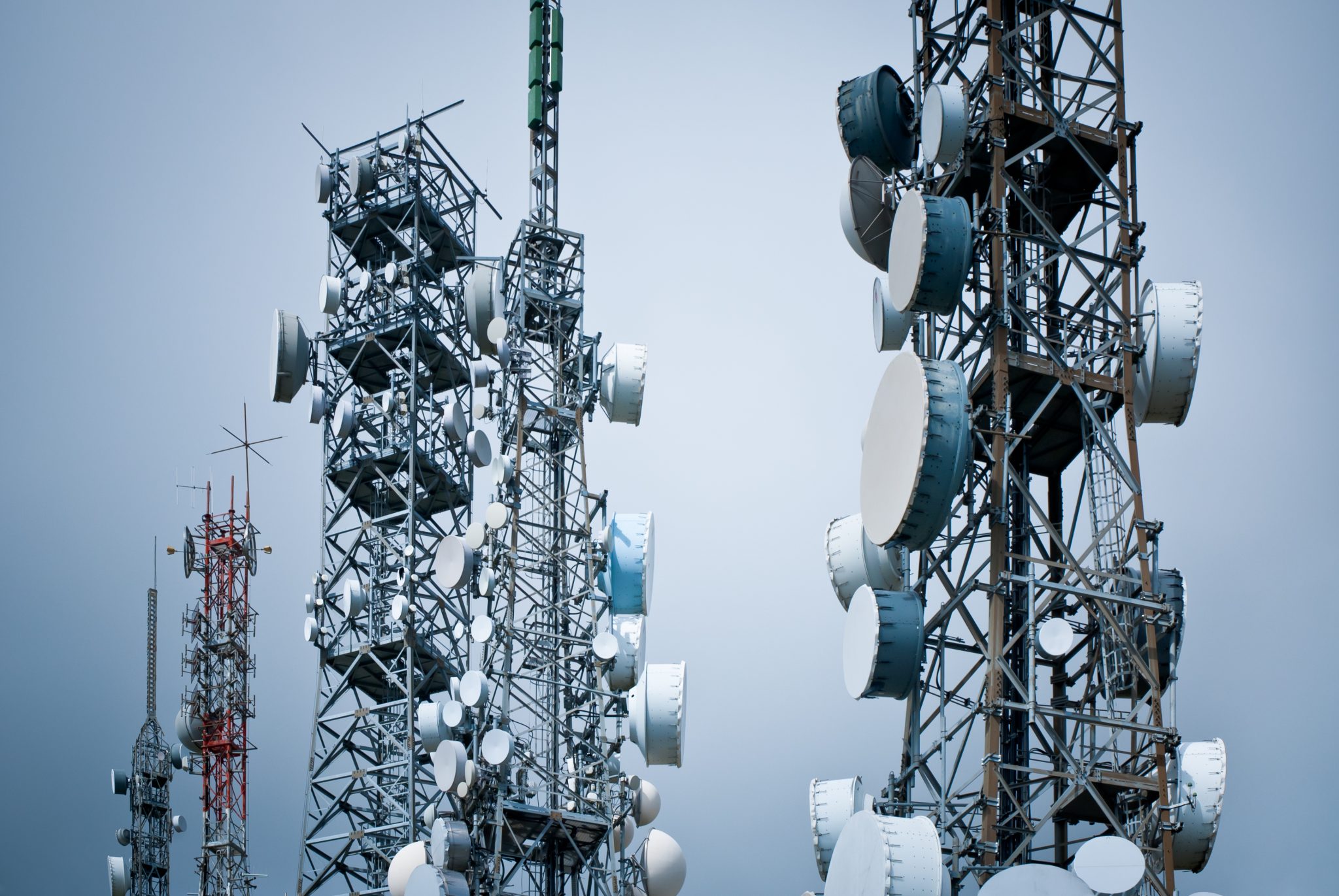If you've ever been through a city and spotted tiny 5G cell towers placed on poles for street lighting. They appear like tiny boxes, but they're actually broadcasting wireless signals from mobile providers to your phone.
They are replacing larger specially-designed cell towers. While they're less noticeable, they still can create problems for those who live nearby.
A FCC's Radiation Exposure Thresholds
The FCC's Radiation Exposure Thresholds define the safe distance that an individual can be exposed to electromagnetic energy generated by wireless devices. The limits for exposure are based upon scientific research which show that the energy of RF can be harmful to human health.
The absorption rate specific (SAR) is an indicator of the amount of radiofrequency energy that is absorbed by tissue. It's usually 1.6 watts per kilogram, spread over a gram of tissue.

But, since 5g operates at higher frequencies and has the potential to create more energy on the skin and other directly-exposed body parts. This could lead to many possible harms, such as an increase in appearance of skin disorders like dermatitis, skin cancer and cataracts.
Due to the possible harmful effects of radiation from 5G, PSU has chosen to establish a general, localized power density limit of 4 mW/cm2 measured across 1 centimeter, and never exceeding 30 minutes for all 5G services running at 3000 GHz. This limit for localization is in line with the highest spatial-average SAR of 1.6 W/kg, which is averaged over 1 g of tissue at 6 GHz.
The FCC's Maximum Exposure Thresholds
In the event that you've used cell phone, you're probably aware that the safest range from the tower is around 400 meters away. This is due to the power of transmission from the cell tower is significantly increased the further you are from it.
While what is a safe distance from a 5g cell tower sounds like an ideal idea however, those living close to towers might be more susceptible to health problems. For example, a study from 2014 in India found that those living within 50 meters of cell towers had significant more health issues than those who were far from antennas.
However, this study also found that people who moved into areas farther away from the cell towers saw their symptoms improve within a few days. Studies have also demonstrated that exposure to extreme levels of radiofrequency electromagnetic fields (EMFs) can cause brain tumors, cancers and other health issues.
This is due to the fact that the RF radiation used in wireless communication, can be absorbed by the body's outer layer, which is the skin. It is crucial to know because the skin serves as a protective barrier against injury to the body, infection by pathogenic microorganisms, and infiltration of toxic substances. Additionally, it is the largest organ in the human body. It is responsible for keeping the integrity of other organs.
The FCC's Minimum Exposure Thresholds for the Minimum Exposure
The FCC's Minimum Exposure Thresholds are based on many assumptions that aren't supported by scientific research. These include the erroneous belief that exposures to RF radiations are not harmful because of the minimal penetration into the body (i.e. the heating of tissues).
This also overlooks the more extensive penetration of ELF parts of the modulated RF signal and the effect of brief bursts of heat from pulsed RF waves. These assumptions are not in line with current understanding of the biological effects of RF radiation. Therefore they shouldn't be used for health protective exposure standards.
Additionally, safe distance from cell tower and FCC restrict the maximum limits of exposure to peak local SARs based on the peak frequency of absorption (psSAR), which can be described as not a reliable dosimetric instrument for determining the level of radiation exposure. Particularly, psSAR is inaccurate when frequencies exceed 6 GHz. Additionally, psSAR hasn't been evaluated for RF radiation exposed to other environmental agents , such like sunlight. In the event of interactions, RF radiation with other agents in the environment could produce synergistic or antagonistic results. This can lead to an increased risk of adverse health adverse effects. For safe distance from cell tower , exposure to RF radiation along with exposure to sunlight can cause an increase in the incidence of developing skin cancer, and may also exacerbate other skin diseases such as acne.
